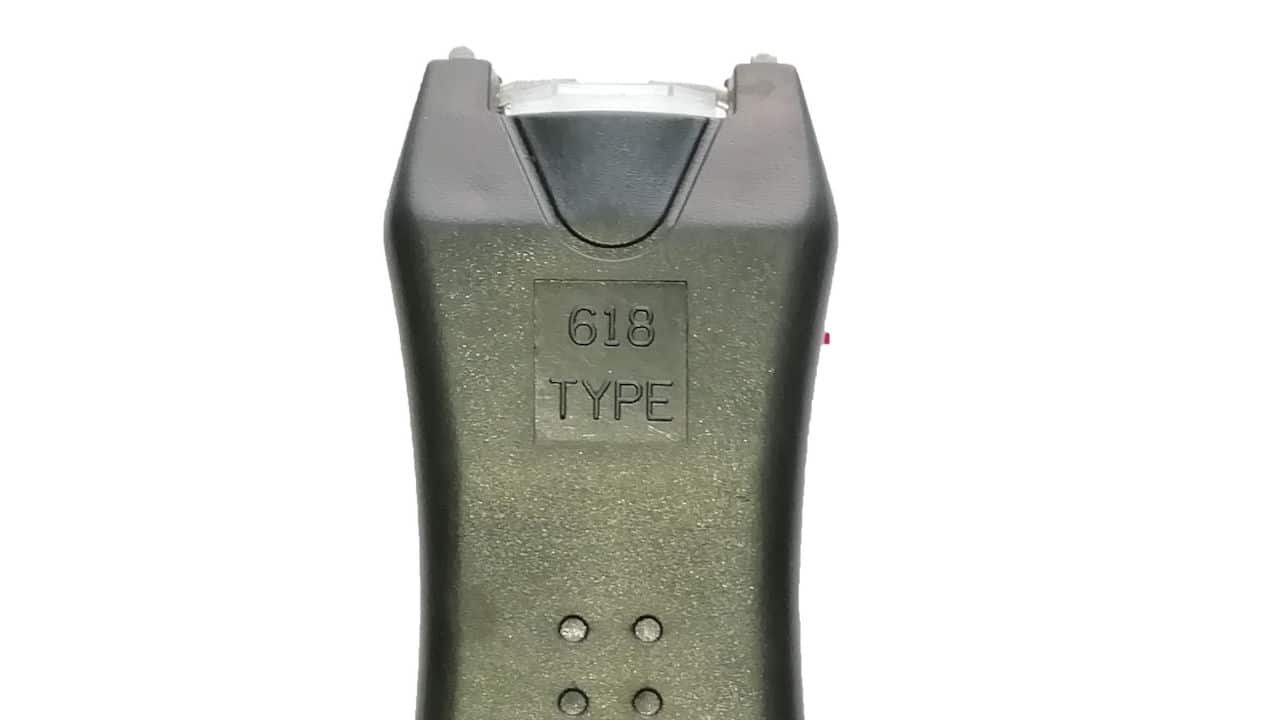Stun guns are pistol-style devices that fire electrical volts rather than bullets. All over the world, the electronic taser device has been adopted by several police departments and law enforcement agencies. They are promoted as non-lethal or less-lethal alternatives to weapons. Hence they can be used by law enforcement to restrain threatening criminals during arrests or to defend officers against assaults on peace officers. However, there are concerns regarding tasers and how police officers and other law enforcement agencies can improperly utilize them.
Taser is the brand name for the solid electrical control devices created and marketed by Taser International, an Arizona-based firm.
In the United States, tasers are in use by 16,000 enforcement agencies, including 350 in New York, which has been linked to hundreds of deaths.
Tasers come in various styles, such as the M26 and X26. These weapons release two 50,000-volt probes when they are fired. The probes momentarily paralyze a suspect’s central nervous system, rendering them unresponsive.
The probes can be placed up to 20 to 30 feet apart. They can pierce an inch of a suspect’s clothing (two inches cumulatively).
According to a study by Reuters, a total of 1,081 deaths have been recorded following the use of tasers on subjects since the year 2000. Of these 1,081 people, the data on 779 revealed that using tasers was deemed a cause or contributing factor in 21%.
A study has also shown that using stun guns can result in transthoracic stimulation. Hence, causing cardiac electrical capture and ventricular arrhythmias, leading to cardiac arrest in subjects.
If a person is injured or killed by tasers, legal animation can be used in court. It can showcase that the cause of injury is the use and probable misuse of the device.
Can Tasers Cause Injury and Death?
Tasers, as a cause of death or injury, are rampant, with many reports in the news about one person or the other dying due to the use of a taser on their body.
For instance, Hernandez, aged 18, died after a Miami Beach police officer used a taser on him. His death was reported to have been caused by a sudden cardiac arrest from an energy device discharge.
Similarly, Dale Burns, a 27-year-old man, was tasered four times in the space of one minute without prior warning by the police. He died hours later due to undue electrocution.

Tasing can lead to various injuries, including burns, infections, seizures, hernias, tissue damage, muscle injuries, cardiac arrest, and even death. Also, traumatic brain injuries aren’t out of the question if the subjects of the tasing fall down while stunned.
The use of tasers has also been linked with heart failure. One potentially catastrophic side effect of tasing is ventricular fibrillation. The heart beats in cycles. Thus, if a taser shock strikes the target’s heart at a particularly vulnerable time during a cycle it can be dangerous. It may cause uncontrollable cardiac spasms and even heart failure.
For this, a jury found Taser International liable in 2008 for $10 million. This was concerning the death of a 17-year-old who suffered a cardiac arrest after being tased.
More importantly, some people are incredibly vulnerable to injury and death when tased because they have altered physiology. They include people with heart conditions, people taking certain medications, underweight people, children, pregnant women, and older people.
People who have been exposed to tasers may be able to institute a court action. This will depend on the specific facts of the case with the help of legal animation
How Can You Use Legal Animation in A Taser Injury or Wrongful Death Case?
There have been a lot of court actions over the years premised on the severe effects of the use of tasers on people. Sometimes, the argument might be that the officer in charge misused the taser, thus leading to the death of the victim. In other scenarios, the blame is placed on Taser International. This is for manufacturing a harmful product without informing them of the possible harm it can cause as well as precautions to avoid such harm.
You should note that both arguments can be valid depending on the facts of the case. But proving the claim may be more complicated than it looks. This is why legal animation can help significantly to illustrate inappropriate use. It can also illustrate a product defect of the taser, which led to injury or death.
Beyond this, an officer of the law is only allowed to use tasers on a person when it is reasonably needed in the circumstances. This means there must be a risk to the police officer, a third party, or the community.
When a police officer overlooks reasonability and tases a person, they violate the person’s 4th amendment right. If a police officer infringes on your right by tasing you unreasonably and causing harm, you can use legal animation to animate the incident and show that, under such circumstances, the use of a taser caused severe personal injuries.
Conclusion
The determination of whether tasers should be legal or illegal is dependent on different states. However, appropriate use can limit the harm and fatalities that are being recorded. With legal animation, it is possible to prove wrongful or inappropriate tasing, product defects of tasers, and wrongful death caused by tasers.






